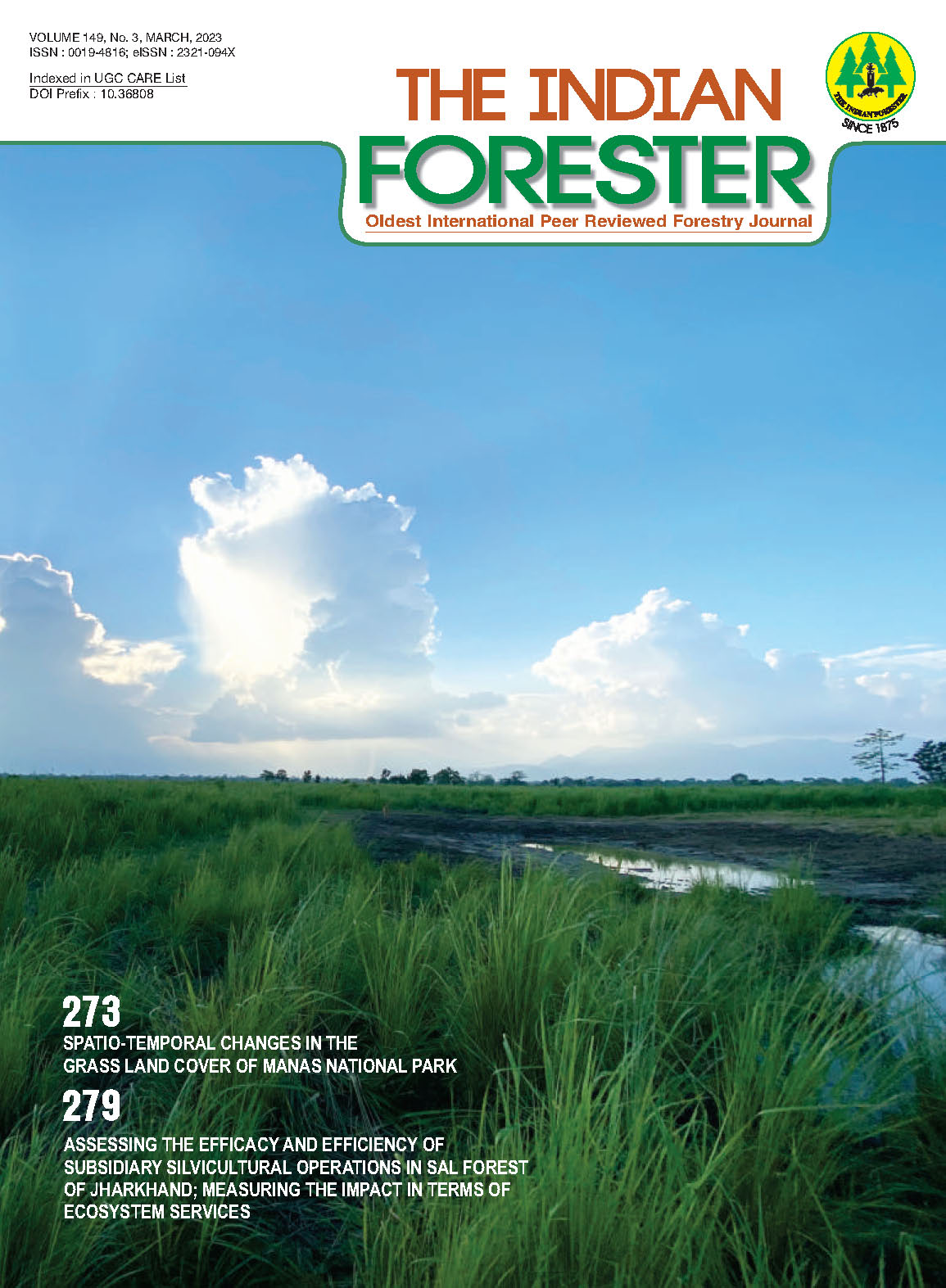New Report of Pseudoidium ipomoeae. Causing Powdery Mildew on Ipomoea clarkei in India
DOI:
https://doi.org/10.36808/if/2023/v149i3/168219Keywords:
No Keywords.Abstract
No Abstract.References
Almeida M.R. (2001). Flora of Maharashtra. Thomas Paul Almeida for Blatter Herbarium, St. Xavier's College, Mumbai, 3B: 317-337.
Bappammal M., Hosagoudar V.B. and Udaiyan K. (1995). Powdery mildews of Tamil Nadu, India. New Bot., 22: 81-175.
Bilgrami K.S., Jamaluddin M.A. and Rizwi M.A. (1991). The Fungi of India. Part III (List and References). Today and Tomorrow's Printer and Publishers, New Delhi. Botanical Survey of India, Calcutta. 2001; 437 -489
Braun U. and Cook R.T. (2012). Taxonomic manual of the Erysiphales (Powdery Mildews). Fungal Biodiversity Centre (CBS Biodiversity Series No. 11), Utrecht.
Hosagoudar V.B. and Agarwal D.K. (2009). Powdery mildews of India: Check list. Associated Publishing Company, New Delhi.
Jamaluddin, Goswami M.G. and Ojha B.M. (2004). Fungi of India (1989–2001), Scientific Publishers, Jodhapur.
Khan T. (2017). Ipomoea clarkei Hook and Spigeliaanthelmia L.: New records in Satpuda range of Khandesh region, Maharashtra. Bioinfolet., 14(4A): 344-346
Oudhia P. (2001). Major Ipomoea species of Chhattisgarh. Source: Botanical.com.
Pande A. (2008). Ascomycetes of Peninsular India. Scientific Publisher, Jodhpur.
Paul Y.S. and Thakur V.K. (2006). Indian Erysiphaceae. Scientific Publishers, Jodhpur.
Shimpale V.B., Kare M.A., Londhe D.K. and Bhuktar A.S. (2014). On the occurrence of Ipomoea tenuipes (Convolvulaceae) in India. Rheedea., 24(2): 117-119.
Venkanna P. and Das S.K.D. (2001). Convolvulaceae In: Singh, NP, Lakshminarasimhan, P, Karthikeyan S., Prasanna P.V. (Eds.), Flora of Maharashtra State. Dicotyledones. Vol. 2. Botanical Survey of India, Calcutta. pp. 437 – 489.
Downloads
Downloads
Published
How to Cite
Issue
Section
License
Unless otherwise stated, copyright or similar rights in all materials presented on the site, including graphical images, are owned by Indian Forester.





